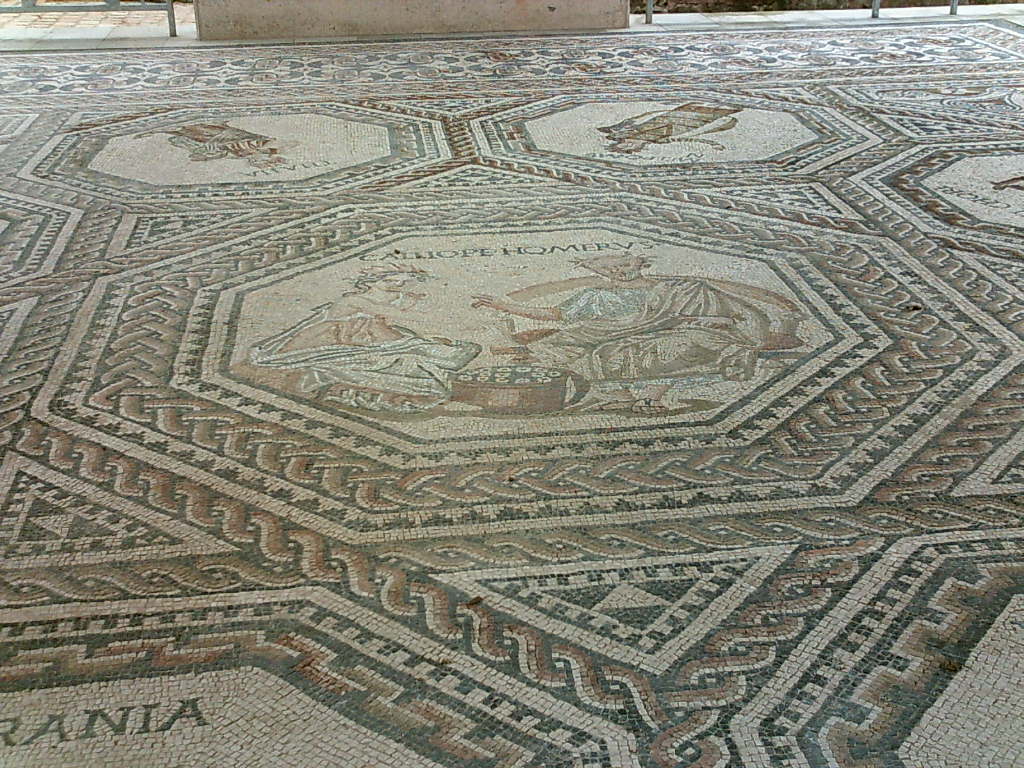VICHTEN ROMAN MOSAIC
The mosaic is on display at the
Musée National d'Histoire et d'Art Luxembourg (MNHA)

The mosaic is on display at the
Musée National d'Histoire et d'Art Luxembourg (MNHA)
